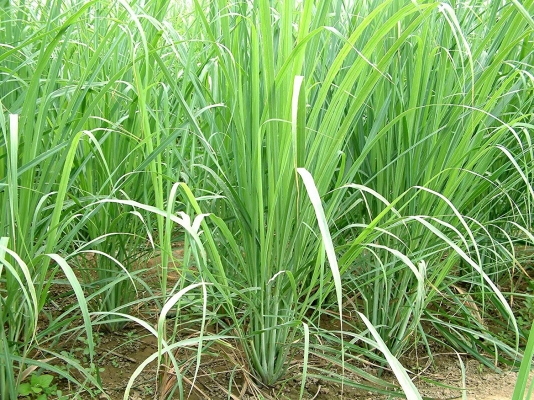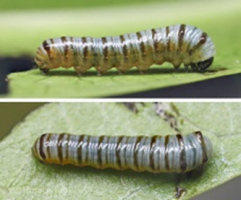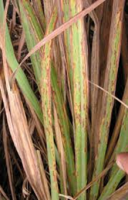OD-19 (Sugandhi): Released by AMPRS, Odakkali, KAU, Kerala. The plant of this variety attains the height of 1-1.75 m. They have 0.3-0.4% oil content, oil yield @40-50 kg/acre and have citral content i.e. 84-86%. They can grow in wide range of climate and soil.
Pragathi: Released by CIMAP, Lucknow, U.P. The plant of this variety is dwarf in nature having broad and dark green color of leaves. They yield high oil i.e. 0.63% and citral content is 85-90%. It is mainly grown in subtropical and tropical climates or in north plains.
Nima: Released by CIMAP, Lucknow, U.P. The plant of this variety is tall and of citral type. It yields high biomass @9-11 MT/acre and have high oil yield 95-105 kg/acre. It is grown in Indian plain
Cauvery: Released by CIMAP, Lucknow, U.P. The plant has white stemmed and is tall. They grow in humid conditions or near river valley tracts of Indian plains.
Krishna: Released by CIMAP sub centre, Bangalore. The plant attains medium height. They have high biomass yield i.e. 8-11 Mt/acre and have high oil yield i.e. 90-100 kg/acre. It is grown in Indian Plains.
NLG 84: The variety released in 1994 by AINRP on M & AP , NDUAT, Faizabad , Uttar Pradesh. The variety is tall in height i.e. 100-110 cm having leaves with dark purple sheath. The oil content is 0.4% and citral content is 84%. It is grown in Uttar Pradesh.
OD 410: It is released by AMPRS, Odakkali, KAU, Kerala. It yields oleoresin @1050 kg/acre/year and have 18.6% oleoresin content. It is an ideal solvent for the extraction of methanol.






















